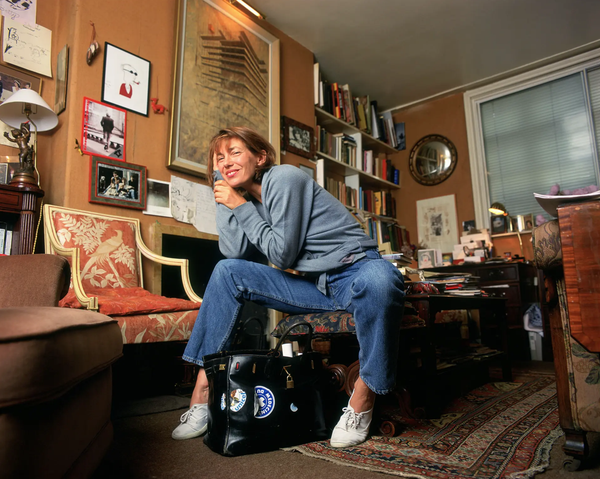Istanbul Biennial 2025: The Empire Extracted — Ottoman Offspring and Other Spectacles
A review of Three-Legged Cat, the 18th Istanbul Biennial curated by Christine Tohmé.
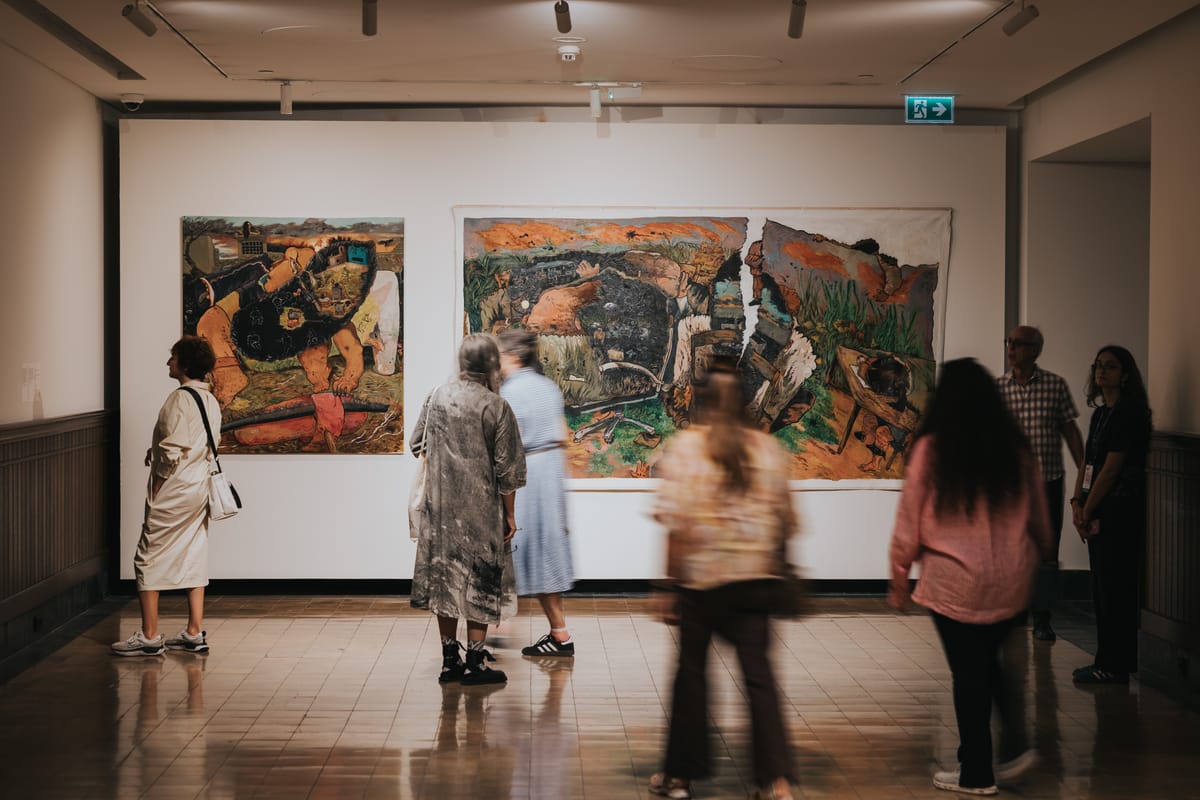
Spanning political turbulence, post-imperial memory, ecological fragility and the sensorial pull of monumental installations, the 18th Istanbul Biennial unfolds as a layered topography of extractivism, play and inherited histories. In Three-Legged Cat, curator Christine Tohmé proposes a fragile choreography that mirrors the shifting ground of Istanbul itself.
Cut
The years leading up to this year’s Istanbul Biennial were marked by the abrupt removal of balance and expectation. In February 2023, the Biennial’s advisory board unanimously selected Defne Ayas to curate the 18th edition—a choice widely celebrated within the arts community. Yet the foundation that manages the Biennial, IKSV, overruled the board’s recommendation and appointed Iwona Blazwick—ironically, a board member who had supported Ayas’s nomination.
The decision sparked immediate public and institutional backlash: several advisory-board members resigned, and art communities protested. The controversy led to the postponement of the Biennial from 2024 to 2025 and prompted a restructuring of its curatorial process, leaving the institution mired in uncertainty and tension.
Compounding this were the political strains of contemporary Turkey—democratic backsliding, unspoken censorship, ethnic and regional fault lines, economic volatility, and deep social polarization—along with hidden obstacles that act as stepping stones at every turn. The result is a landscape defined by constant tension and cautious navigation.
Pawsteps
Against a backdrop charged with volatility that stretches far beyond the Biennial’s opening, Lebanese curator Christine Tohmé, founder of Ashkal Alwan – The Lebanese Association for Plastic Arts, takes the helm of Three-Legged Cat, a project conscious of its own fragility and envisioned to unfold in three steps from 2025 to 2027.
Evoking resilience and tentative grace, the title resonates with the daily wanderings of the cats that navigate Karaköy’s dense, clustered venues—a lively, central neighborhood recently touched by gentrification—whose paths intersect as though following the city’s invisible rhythms.
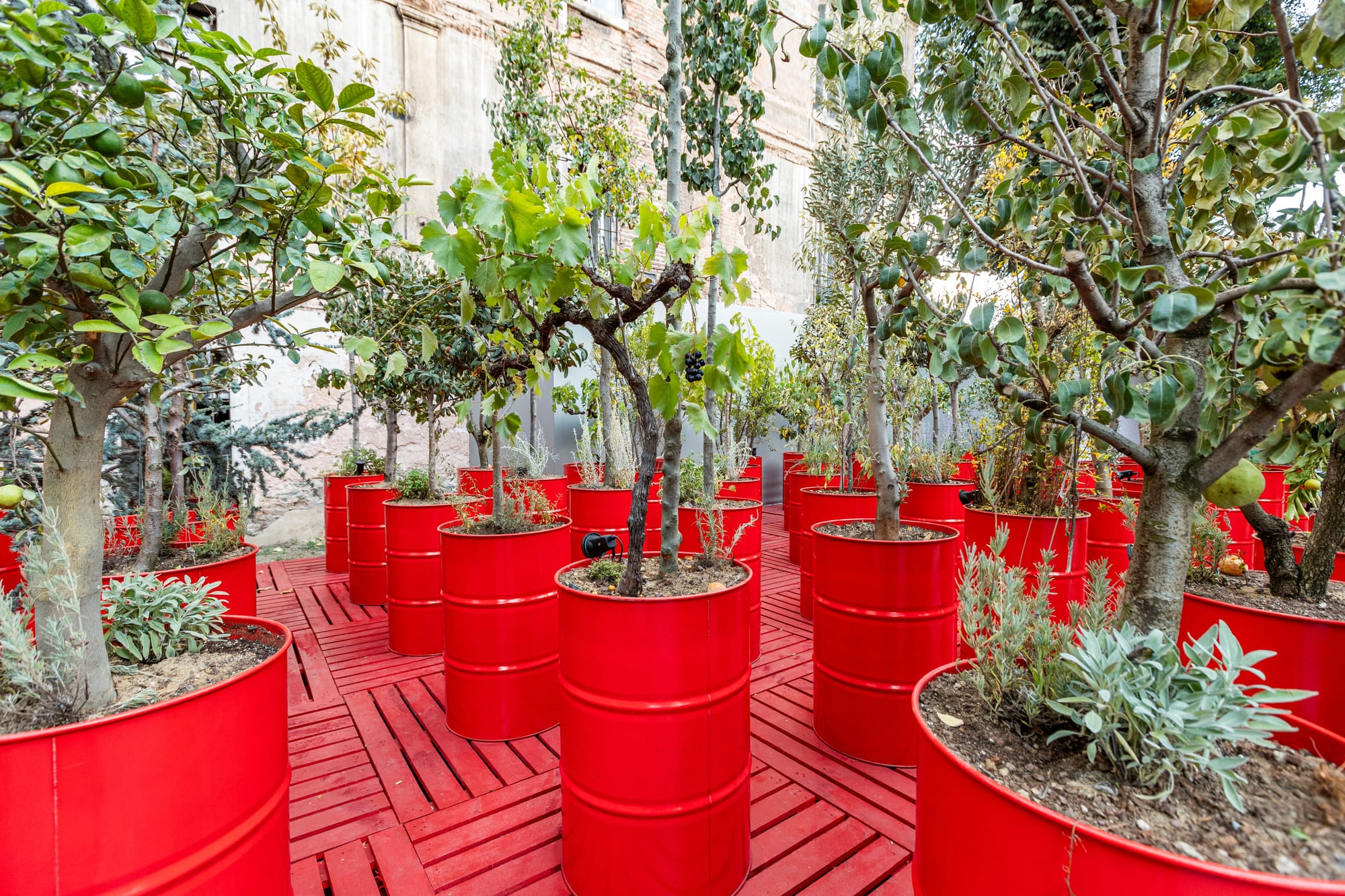
Despite these contemporary movements, the first leg of the Biennial (20.09–23.11.2025) remains inseparable from its layered past. Historic Ottoman-era institutions—such as the Galata Greek School and the Former French Orphanage—stand as enduring traces of the city’s long arc, their walls bearing the weight of generations that have passed through them, as well as the imprint they have left on those who follow.
Rabah’s work functions as both a conceptual and spatial apparatus, tracing the entanglements of land, labour, and displacement while exposing the infrastructures that shape movement and belonging. Through its striking installation of red pipelines, pallets, and trees arranged in a provisional nursery, the work evokes systems of extractivism and control—where water, resources, and histories are channelled, divided, and constrained under political and environmental pressure.
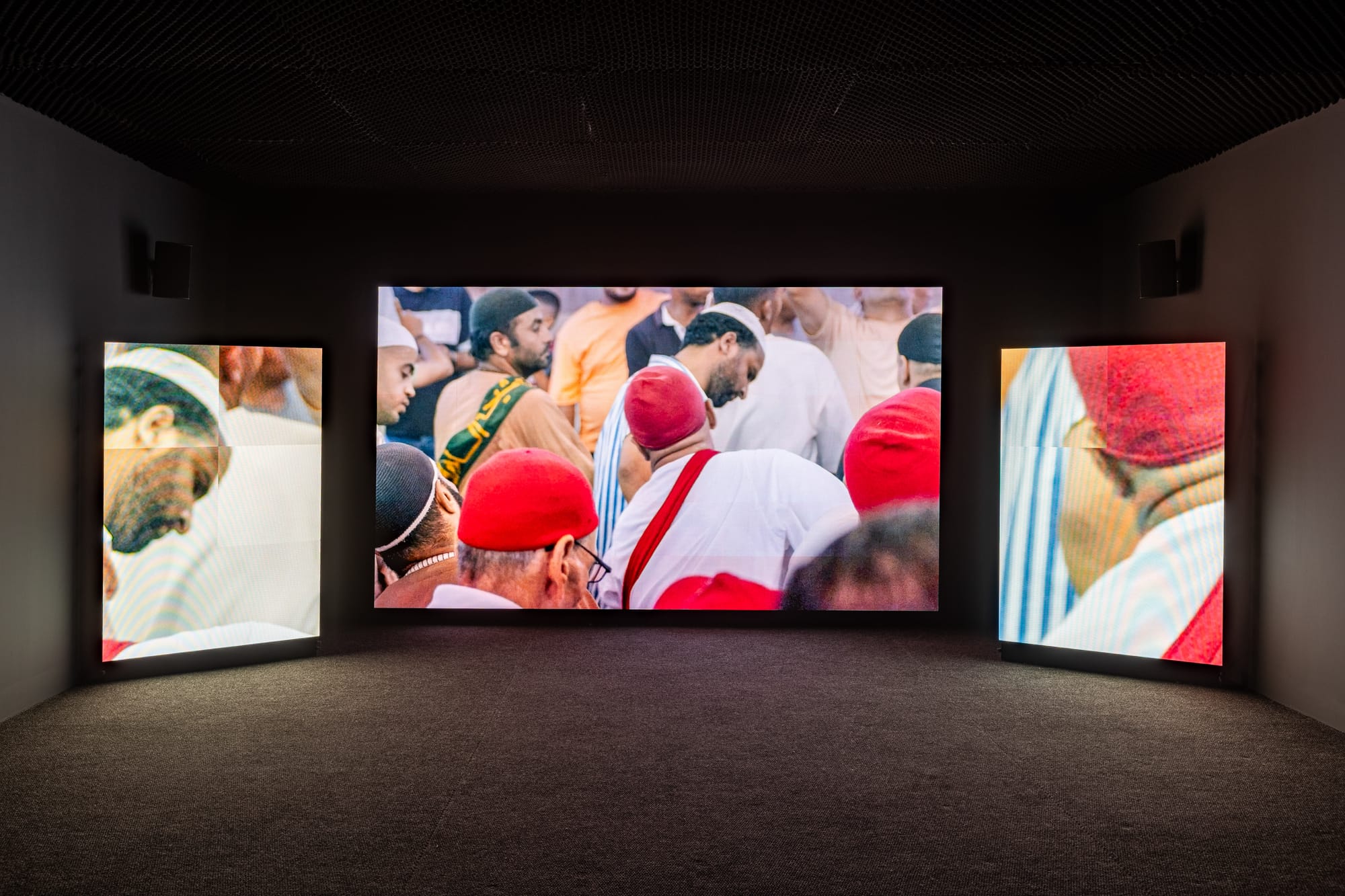
A mesmerizing three-channel film installation, The Longest Sleep by Rafik Greiss, immerses viewers in the rituals of mawlid—birthday celebrations of Sufi saints—where time folds and loops, and transcendence is felt as a sensual, otherworldly experience.
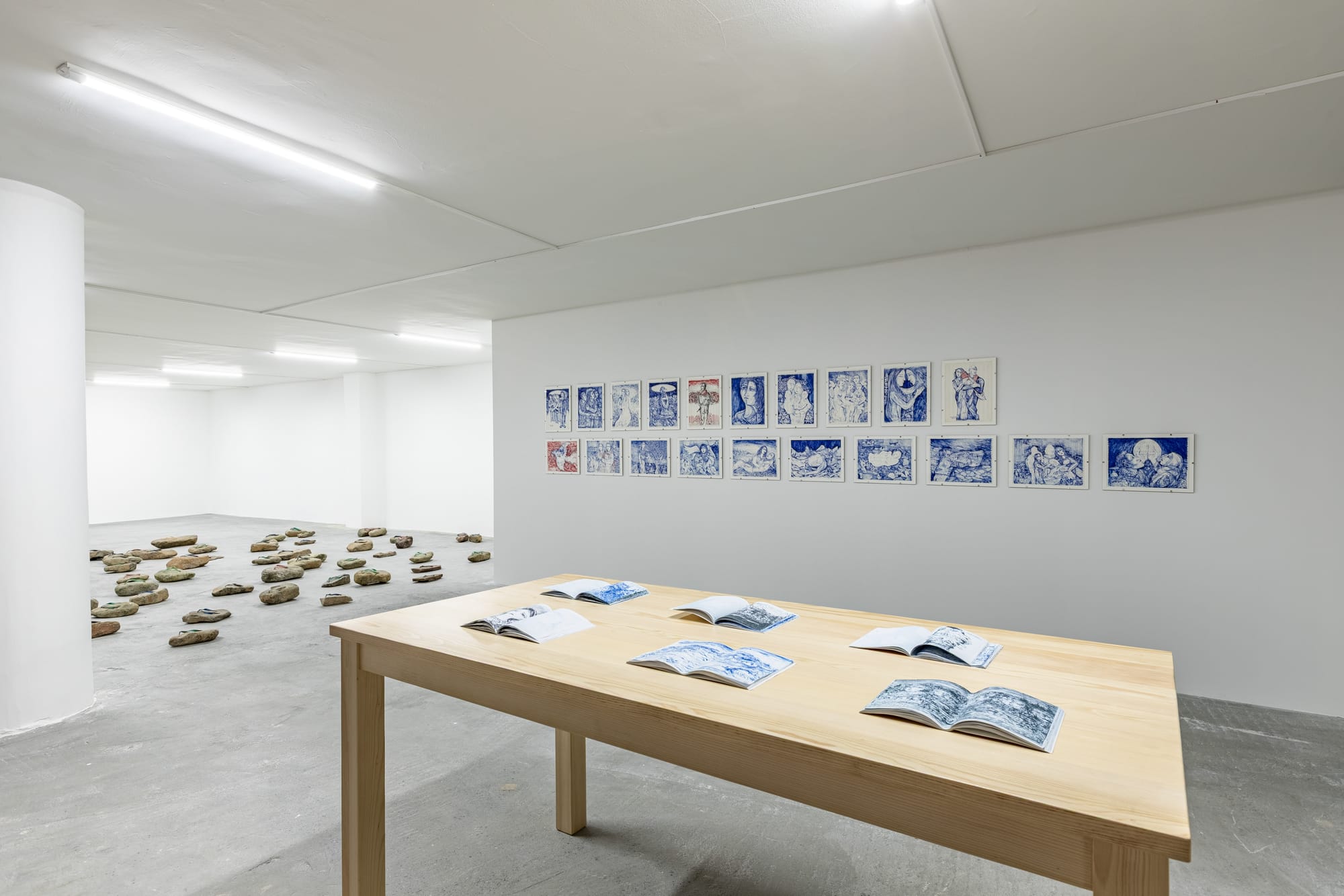
In a more immanent register, the reality of Gaza seeps into Palestina by Mona Benyamin, while Sohail Salem’s Diaries from Gaza offers a sober reflection on lived experience: a series of ink-on-paper notebook drawings that provide intimate, unflinching glimpses into everyday life in Gaza.
Post-Ottoman Territory
More than half—26 of the total 47 artists—hail from territories once under Ottoman rule, carrying fragments of inherited memory, urban textures, and layered geographies. Here, the Biennial does not recount empire directly; it whispers it—through architecture, biography, and the persistence of memory woven into the city’s fabric.
The historically expansive empire—past and present, literal and proverbial, Ottoman and the current, global political order—asserts itself through its descendants, disciplining them within a polished, meticulously contained framework.
Selma Selman’s furious performative outbursts lay bare the corporeal and temporal toll of e-waste and informal economies, while Doruntina Kastrati’s production line of Turkish delight renders female workers faceless, their hands and legs absorbed into the relentless machinery of labor.

These works confront the body as both instrument and casualty of production, occupying a shared space of imperial discontent that reverberates across time, tracing the enduring shadows of extraction and control.
Even when the artists belong to contexts beyond the borders of the former empire, their engagement with power is not one of direct confrontation but is shaped by human passions—intimate, and enduring. A subtle strategy that sidesteps direct conflict, channeling attention instead toward emotion and a return to the sensorial.
The Empire’s Playground
The scale of the Biennial evokes the French curatorial sensibility of the early 2000s, which celebrated ephemeral spectacle and monumental, well-produced installations, as well as the ambitious works showcased in Istanbul Biennials of the same period (2003), including those by Monica Bonvicini and Do Ho Suh.
After all, even monumentality is part of the empire’s legacy—an aspect that must be both acknowledged and matched. It is through its sensorial and behavioral awareness that the “cat” finds balance, navigating its environment with instinctive precision. As a result, many artworks take on the appearance of a playground or evoke play, inviting exploration and interaction.
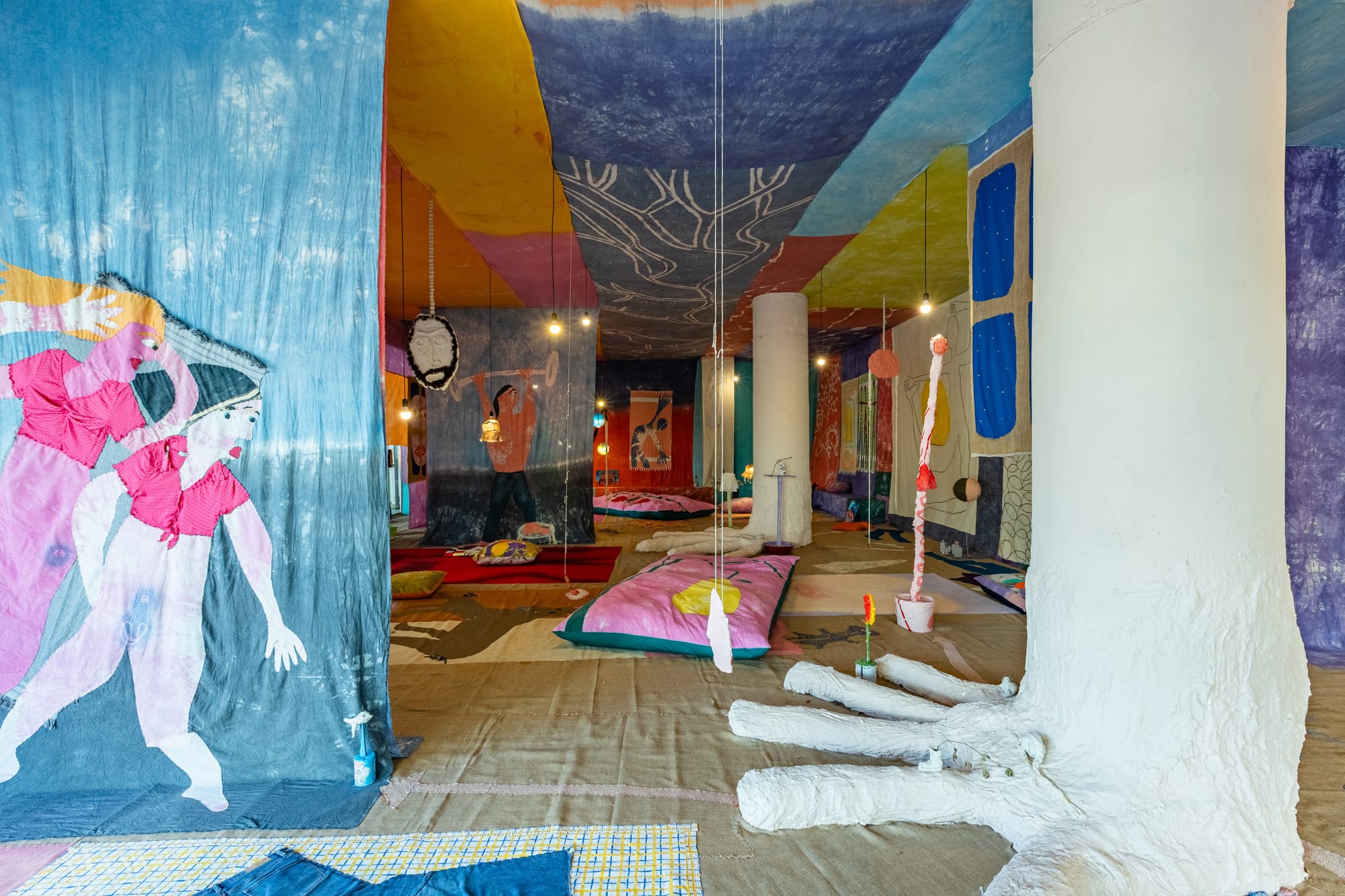
Literal playgrounds emerge in diverse shapes and forms, blurring the line between design, experience, and the act of play itself—shared spaces free from imperial discontent.
At the ground floor of Zihni Han, Celiac Eceiza’s, A Nest is a Fruit that Swells repositions architecture as an affective process — a textile-based structure composed of found materials that reframes construction through intimacy and gesture.

Above, on the top floor of the same building, with terraces overlooking the Bosphorus, Marwan Rechmaoui’s Chasing Sun unfolds as a site-specific playground where the apparatuses of play — swings, seesaws, an augmented toy horse — become instruments for examining how toys encode social structures. Together, these works converge in their exploration of space as a site of emotion, memory, and collective experience.
Offspring
The figure of the offspring appears in multiple registers: as a literal child, an adolescent, or a symbol of inherited memory and possibility.
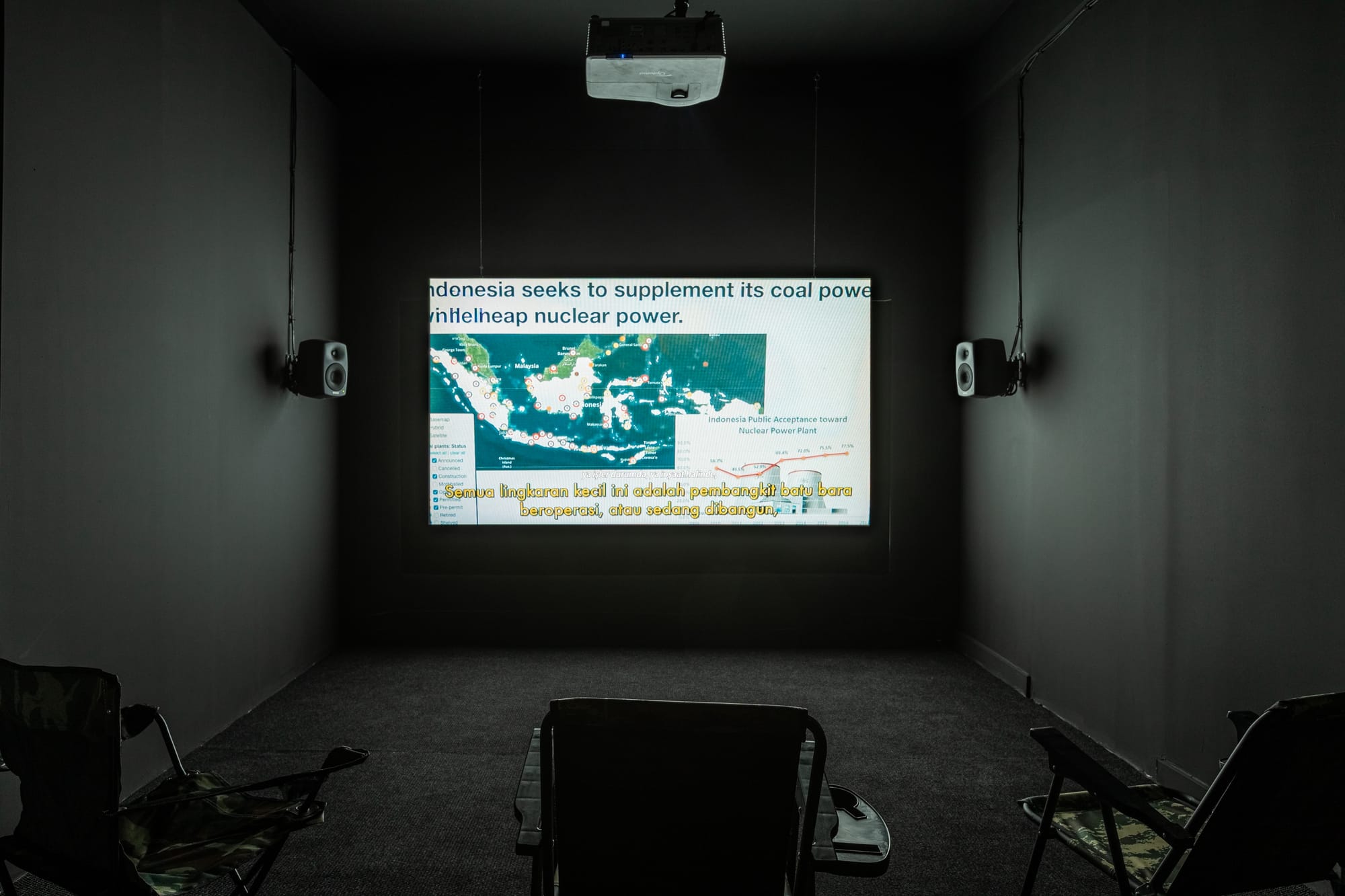
Think of a philosopher-child in Riar Rizaldi’s Becquerel from the Tech-terra trilogy, wandering through a world where they cannot find a place to rest.
Or consider Natasha Tontey’s Garden Amidst the Flame, a coming-of-age story infused with magical realism, following a group of girls interwoven with Minahasan culture.
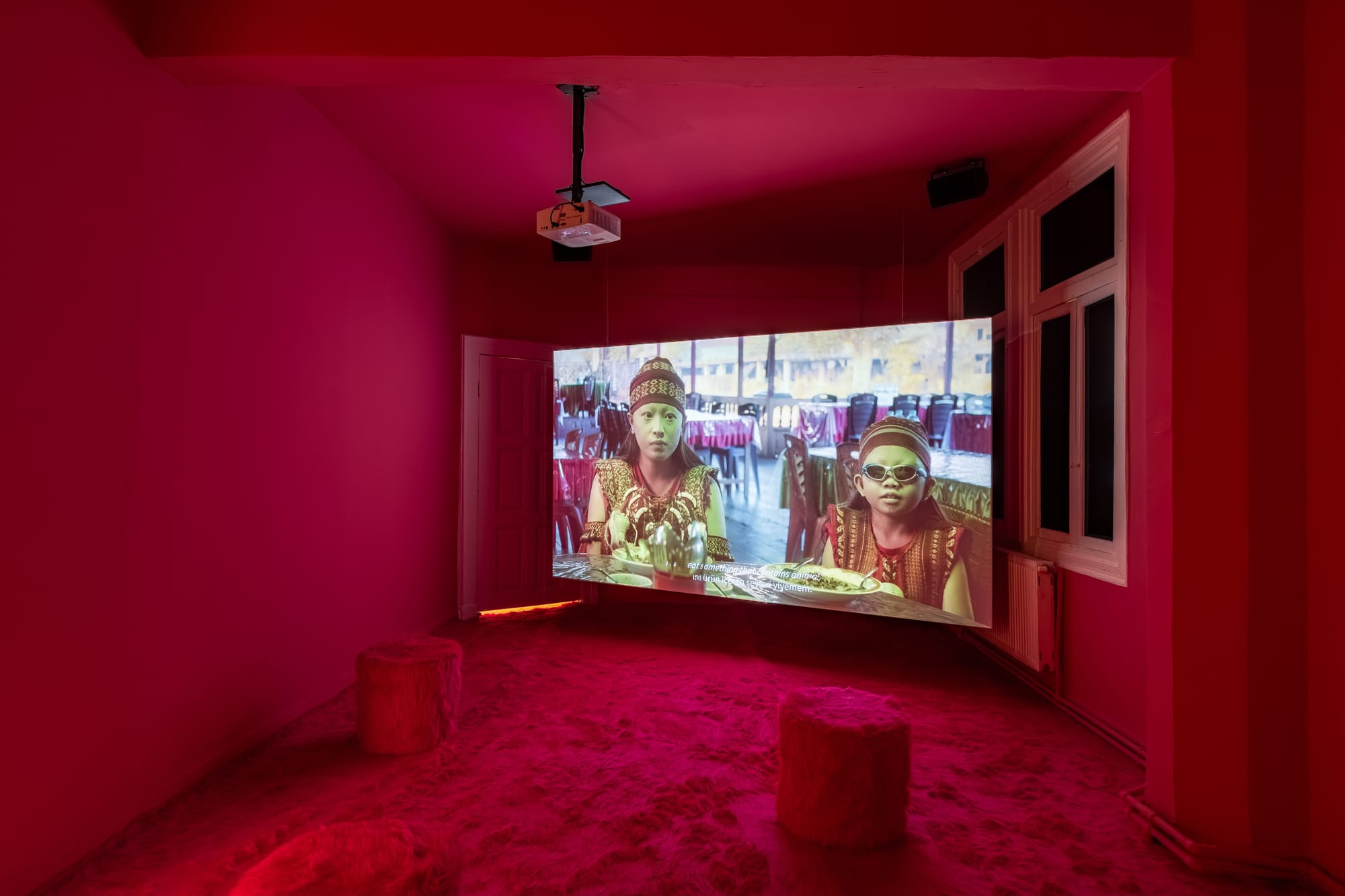
Whether Minahasan or Mesoamerican, these young figures navigate and deconstruct the legacies of empire while retaining a sense of playfulness.
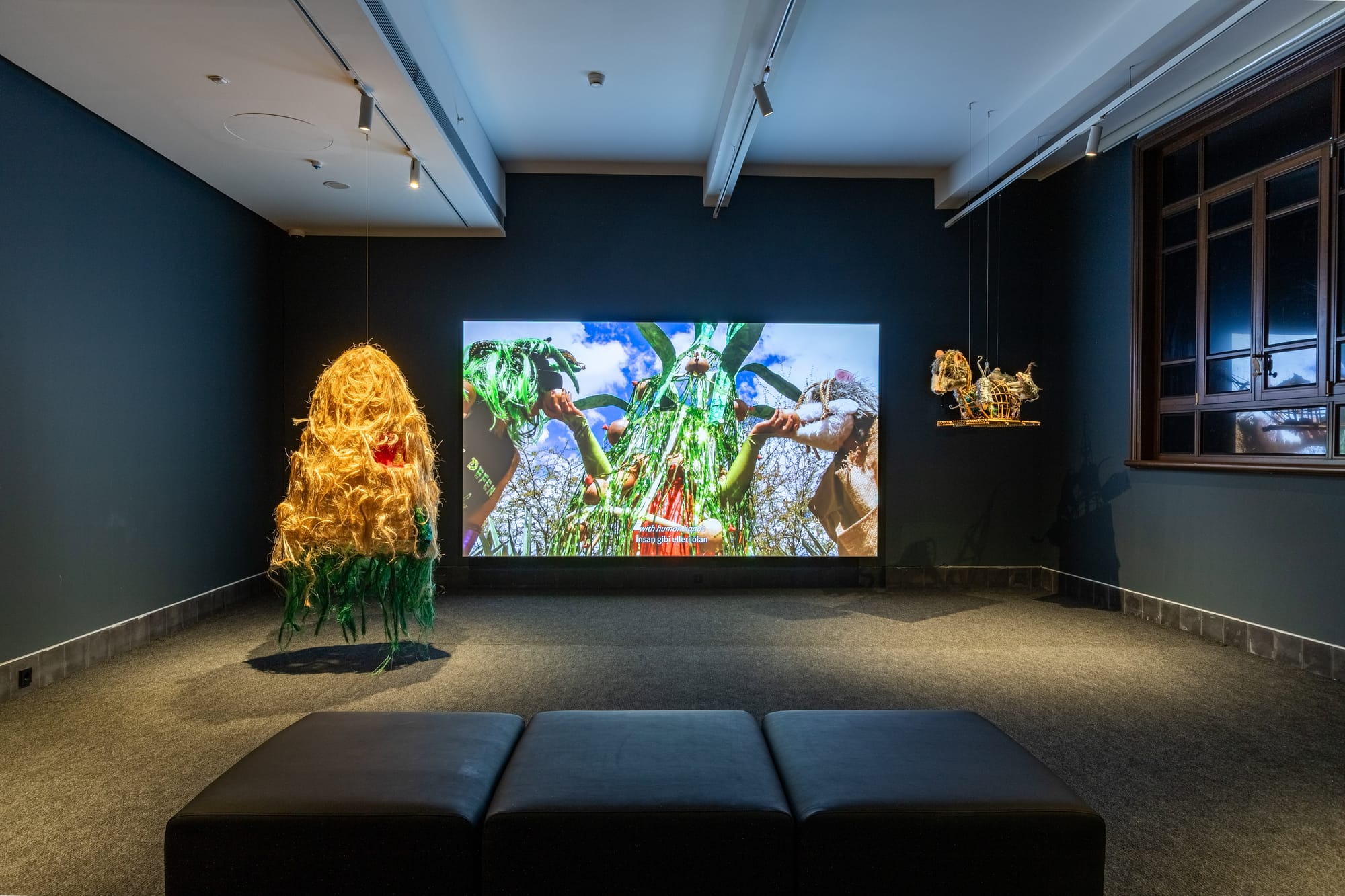
Naomi Rincón-Gallardo's politically grounded yet psychedelic Resiliencia Tlacuache / Opossum Resilience, a spectacularly critical video installation inspired by the Mexican state Oaxaca, explores resistance, ancestral memory, and the space where fiction and history converge.
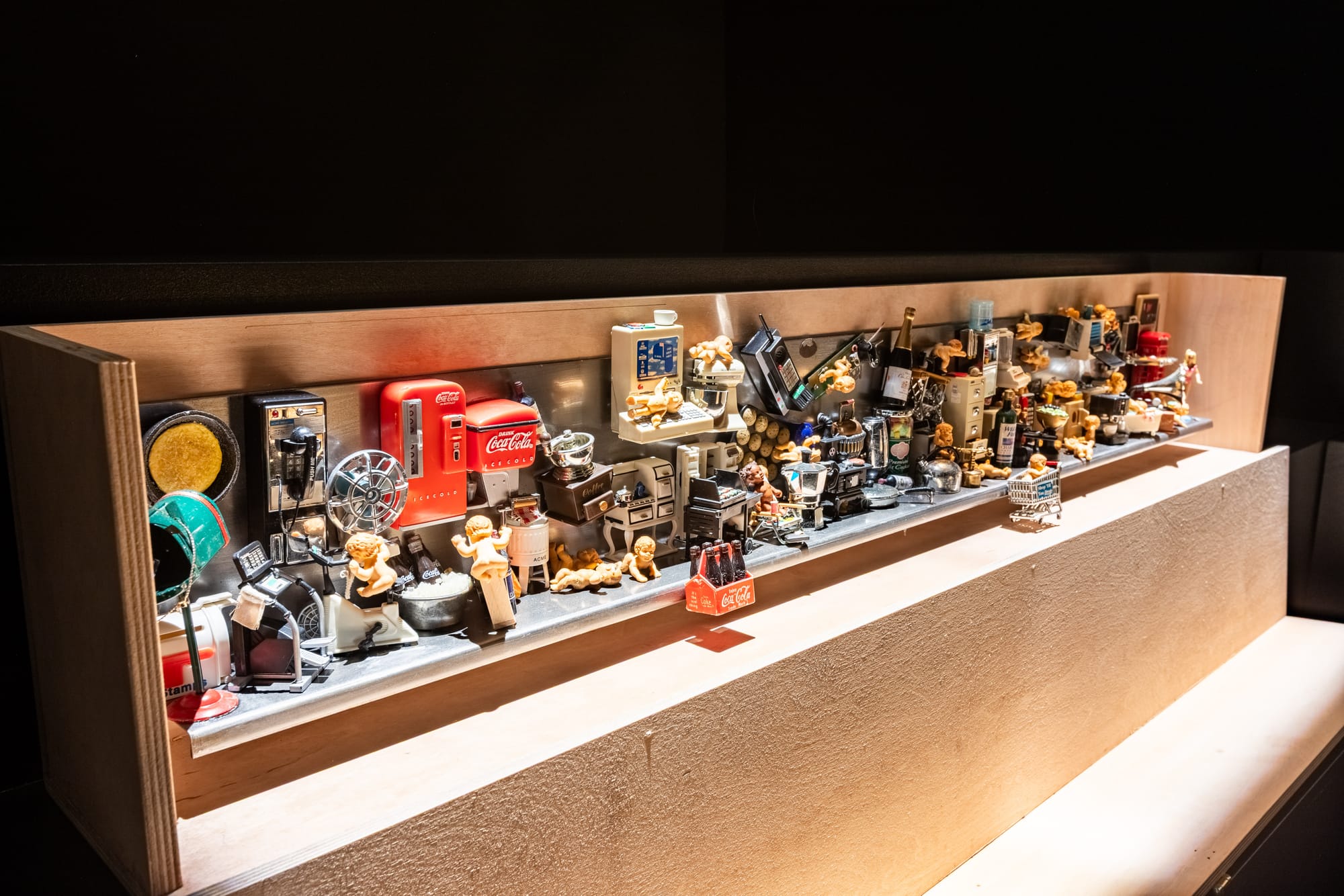
Ipek Duben’s assemblages Children of Paradise I, II, III, featuring naked ready-made cupids interacting with found objects, critique consumerism while maintaining a whimsical sensibility.
Similarly, one of Haig Aivazian’s animated videos, under the umbrella of You May Own the Lanterns but We Own the Light, follows young adults and children left to confront darkness, balancing political tension with playful imagination.

Across these works, the figure of the child—whether literal or metaphorical—emerges as a lens through which history, memory, and resistance are both examined and reimagined.
In Karimah Ashadu’s Machine Boys, we encounter a gang-like community of adolescents performing a mode of transportation through motorcycle taxis, banned in Lagos—a vivid portrait of youth negotiating space, risk, and freedom within social constraints.
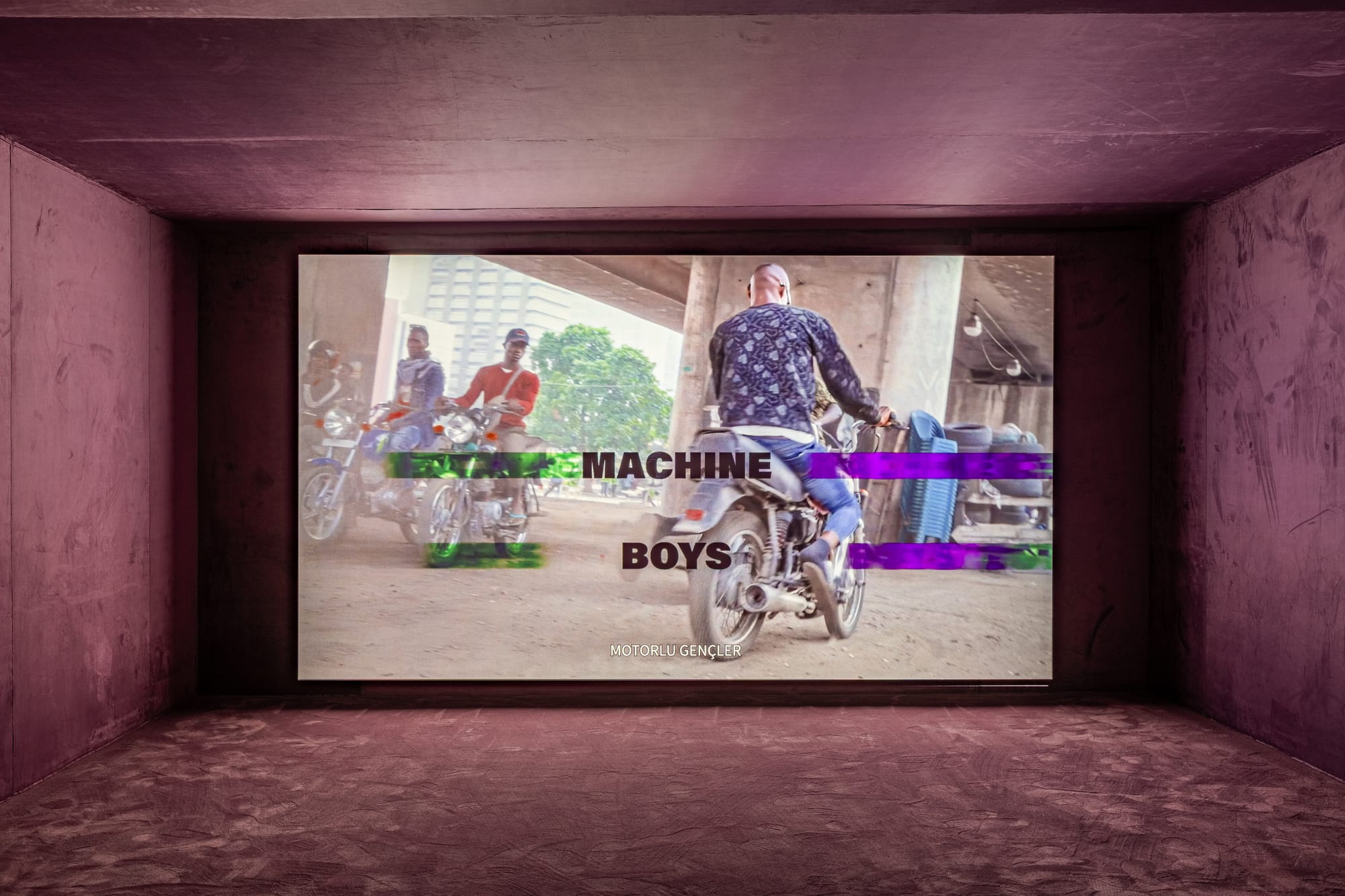
Stephanie Saade’s Pyramid concretizes historical time and growth through layered garments, from infant socks to XXL t-shirts, forming a stratified monument of care, maturation, and accumulation.

Together, these works trace the contours of childhood and adolescence as both embodied experience and social construct: the offspring navigate inherited structures—whether urban, historical, or familial—while asserting agency, improvisation, and play.
Extractivism
The 18th Istanbul Biennial engages extractivism not merely as a metaphor for resource depletion, but as a matrix of extraction spanning material, infrastructural, and epistemic domains.
Karimah Ashadu and Ana Alenso excavate the geological and industrial apparatus of mining, rendering visible the earth, minerals, and labor that sustain global circuits of value.

Ola Hassanain and Khalil Rabah trace the less tangible infrastructures of extraction—dams, pipelines, and energy grids—that shape lives and landscapes alike.
Meanwhile, Mona Benyamin, Naomi Rincón-Gallardo, and Lungiswa Gqunta probe extractivism as a colonial and epistemic project, excavating histories, knowledge systems, and land subjected to dispossession.
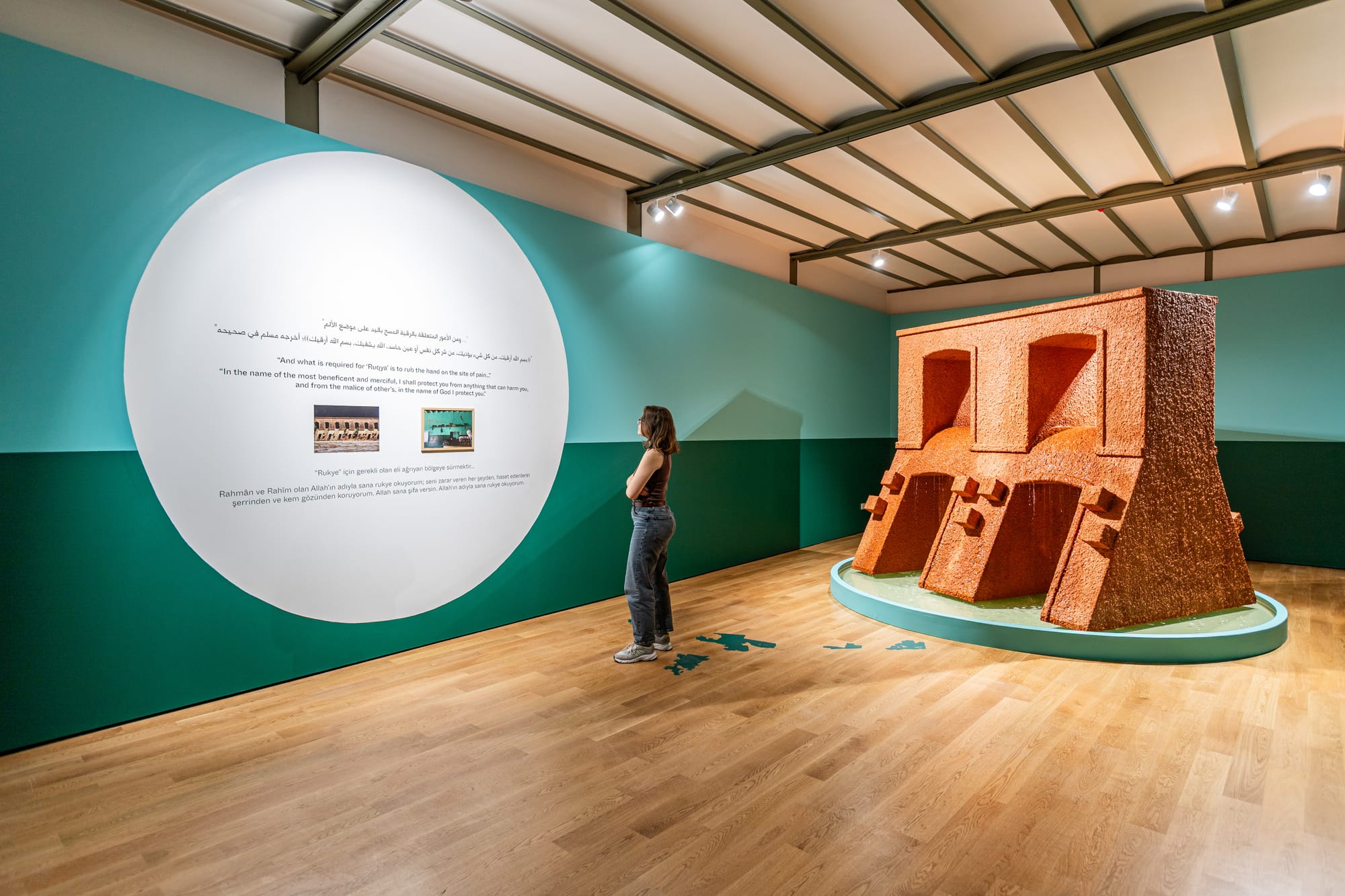
Together, these approaches map extractivism as a global economic model that extracts life, labor, land, and memory, even as art gestures toward resistance, repair, and re-imagination.
Trans-specism
Mona Marzouk's monumental murals The Cannibal Paradox stretch across the exhibition walls as lavish, hyper-saturated illustrations for a new empire defined by a volatile trans-species kinship.
It delves into the complex human-avian dynamic. The work utilizes research on avian intelligence to sharply deconstruct the notion of domestication, thereby forcing a reflection on the foundational paradox of human impulses: the desire for nurture and sanctuary dramatically counterpoised against the corrosive instinct for violence and control.
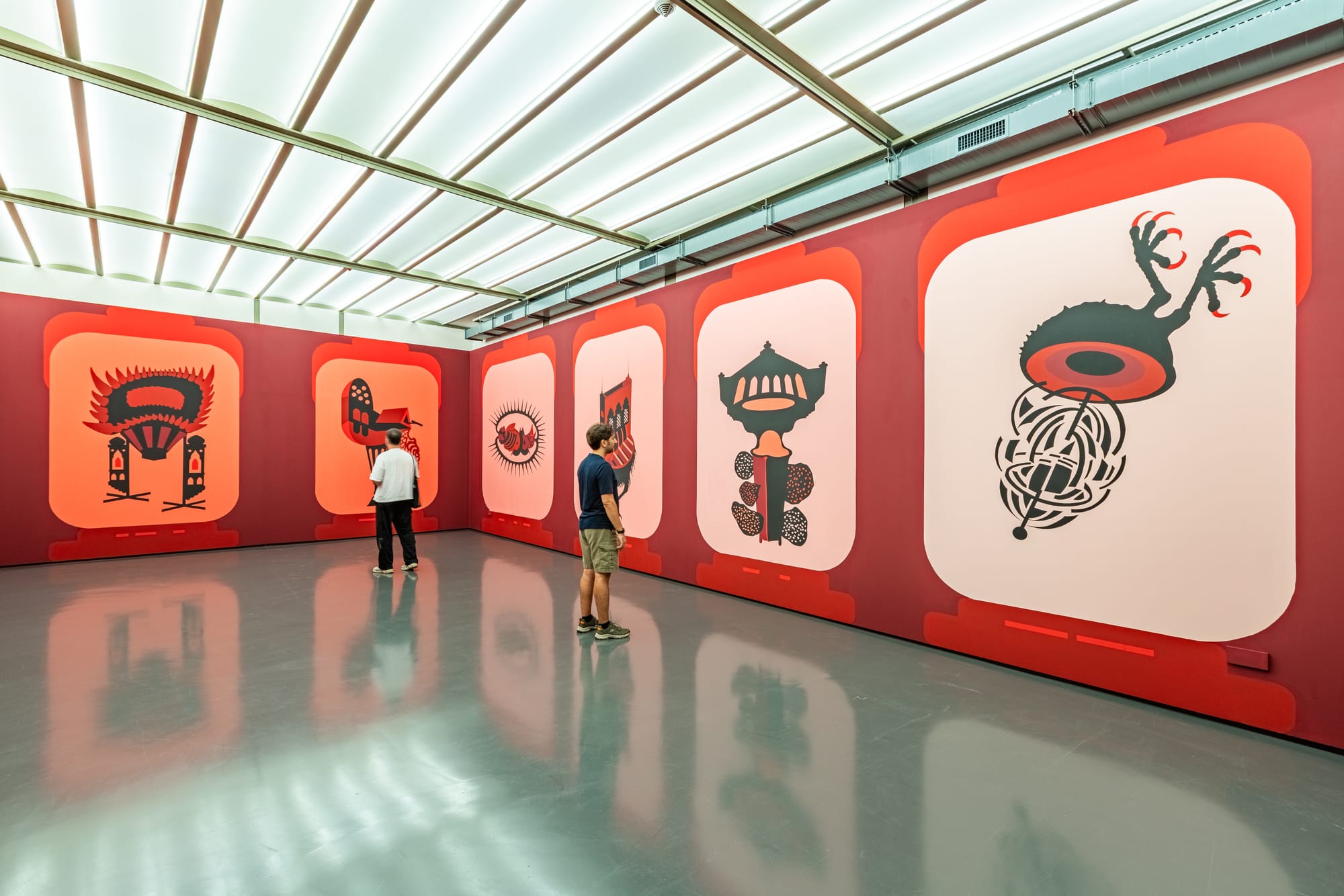
Trans-specism resonates with the language of other monumental installations.
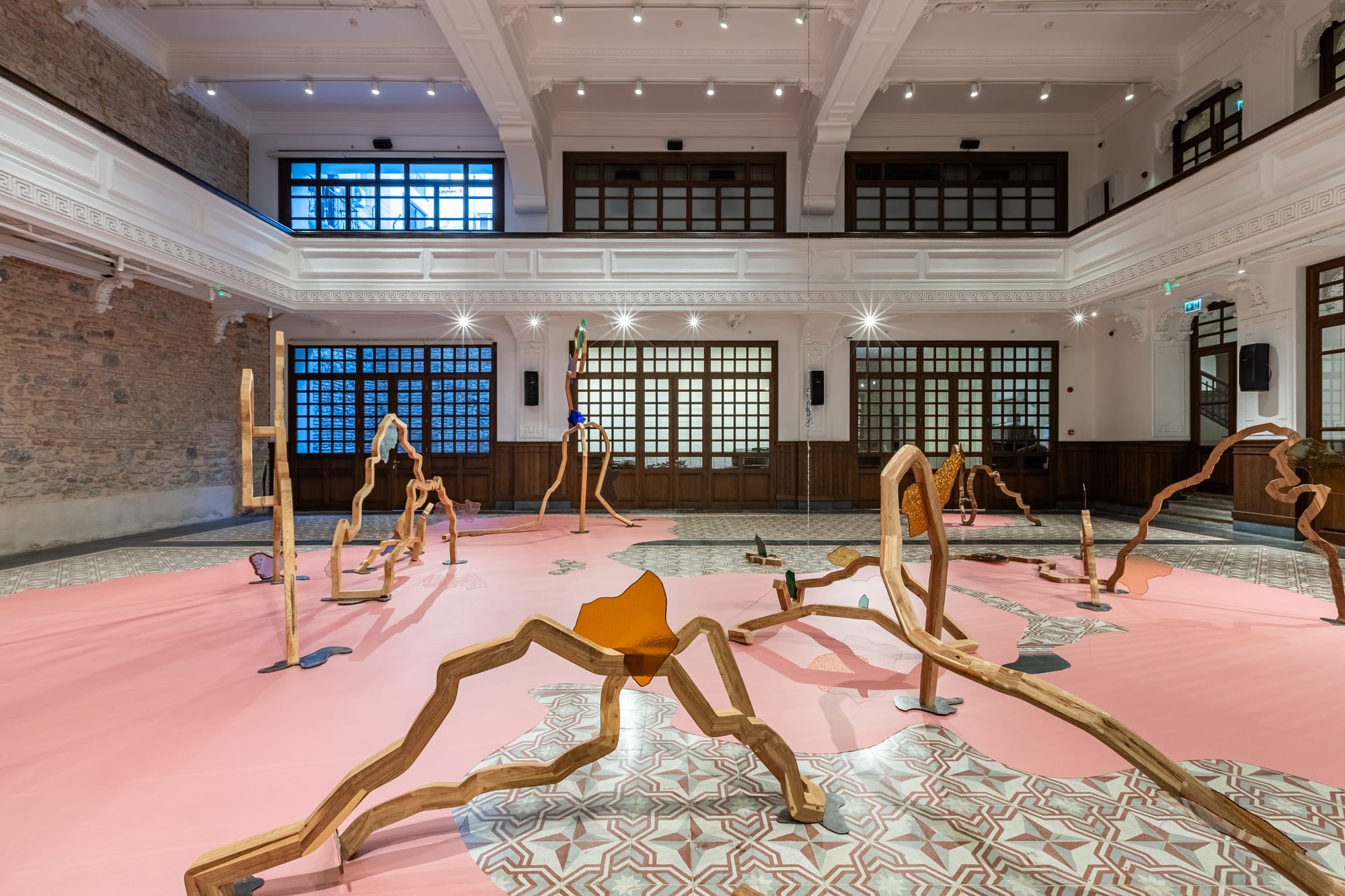
Consider Lungiswa Gqunta’s Assemble the Disappearing at the Galata Greek School— a soft sculptural environment that integrates vegetal and animal forms into a shared ecology of materiality and care.
Similarly, Şafak Şule Kemancı’s hybrid plant installation extends this sense of monumentality, where organic matter becomes both medium and metaphor, negotiating the porous boundaries between species, matter, and form.
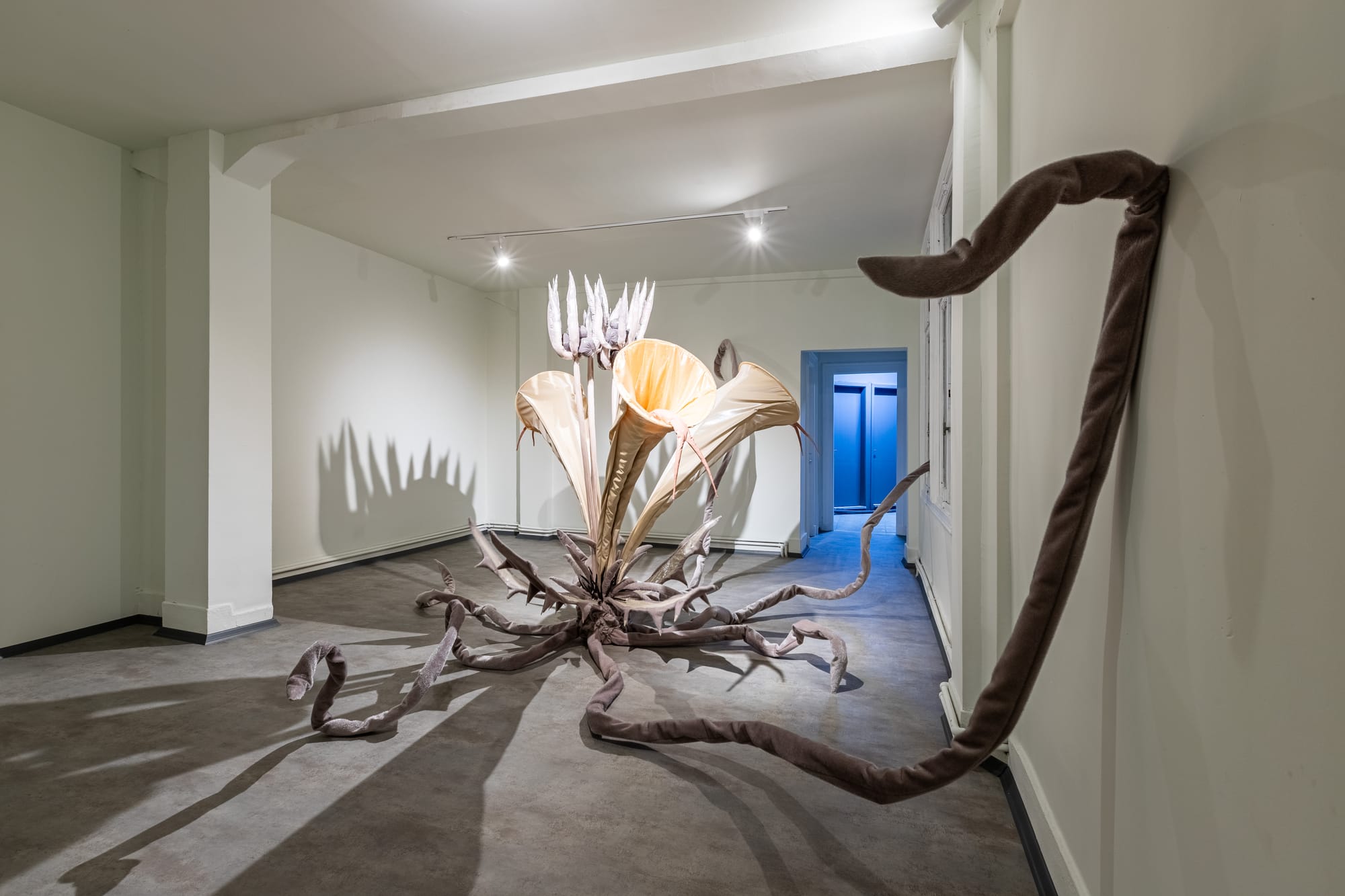
The overall aesthetic operates as a pure sensory onslaught — channeling lavishly produced installations plugged into a post-internet adrenaline drip.
Visceral, video-saturated, and unapologetically spectacular, it reads less as an exhibition than as an environment. Yet to dismiss it as mere aesthetic excess would be to overlook the critique of extractivism subtly threading beneath the shimmer: there is no didactic hand-holding here, no moralizing narrative — only an invitation to feel and contemplate.
The 18th Istanbul Biennial, in all its sensorial excess and post-imperial resonance, operates as a precarious equilibrium: spectacular without surrendering to spectacle, critical without succumbing to didacticism. Three-Legged Cat moves with the unsteady confidence of its namesake—testing its environment, feeling its way across shifting ground, attentive to the tensions shaping the city around it. In doing so, it gestures toward a future Biennial not about restoring balance, but learning to navigate with grace when balance is no longer guaranteed.
Review by Maja Ćirić | Curator & Art Writer
© ART Walkway 2025. All Rights Reserved




